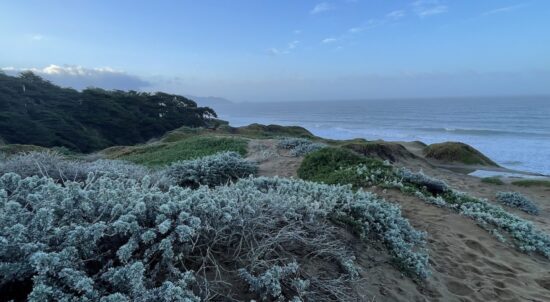Upholding Banks’ Biodiversity Responsibilities

A deep dive into the use of independent accountability mechanisms to ensure nature-positive and rights-compatible development in the pursuit of biodiversity protection and ecosystem restoration.
Wildlife populations are two-thirds less than they were in 1970. Stop, and read that first sentence again. The alarming decline in the health of our planet is prompting many development finance institutions to consider their global biodiversity impacts, with the goal of building a nature-positive society or, at the very least, sustaining a livable planet.
Avoiding what could be Earth’s sixth mass extinction will depend in part on the actions of development finance and other institutions. There has never been a more crucial time to hold development actors accountable to their biodiversity commitments and impacts. But how and to what extent are development actors willing to be held to account? An examination of existing policies alongside data by independent accountability mechanisms (IAMs) demonstrates that more must be done to (a) increase capacity to prevent and mitigate adverse biodiversity impacts in development finance, and (b) ensure positive human rights impacts in the pursuit of restoring harmony with nature.
Read the full article here and subscribe to the Accountability Console monthly newsletter here for more stories like this.

